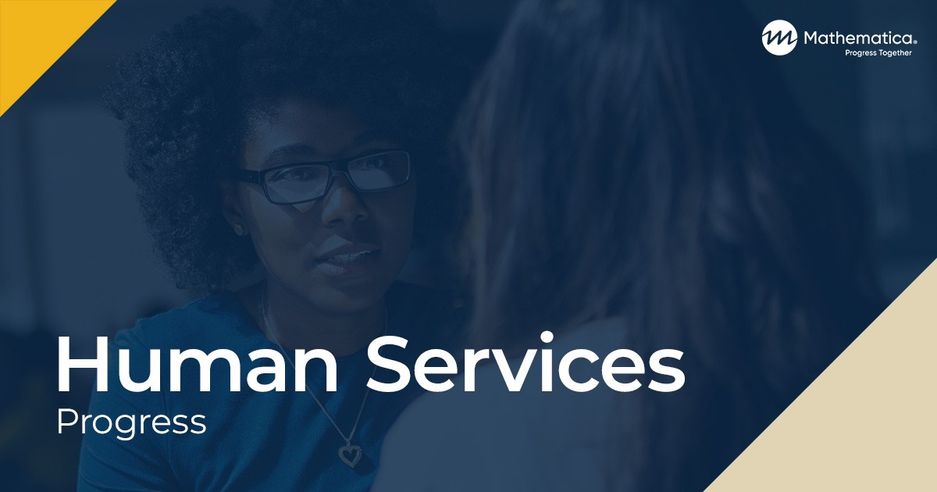Project Overview
Evaluate the effectiveness of TNTP’s Turnaround Leadership Teams Strategy in two southeastern school districts, as implemented under the U.S. Department of Education Education Research and Innovation (EIR) grant.
To understand the impact of the Turnaround Leadership Teams Strategy on one- and two-year student achievement outcomes and to examine how the program was implemented under the EIR grant.
TNTP
TNTP
In 2017, TNTP (formerly called The New Teacher Project) received an $8 million mid-phase Education Innovation and Research (EIR) grant from the U.S. Department of Education to implement the Turnaround Leadership Teams Strategy (TLTS) in two school districts in the southeastern United States. The TLTS program aimed to support professional growth for school leaders and teacher leaders; improve instructional practices, school culture, and family engagement in school activities; and, ultimately, increase student achievement.
TNTP contracted Mathematica to conduct an independent evaluation of the effectiveness of the EIR-funded program, a requirement for all EIR grantees. This evaluation utilized a rigorous random assignment design. Under the EIR grant, TNTP added a new cohort of TLTS schools each program year while continuing supports to schools already enrolled in the program. In collaboration with the two participating districts, TNTP and Mathematica used school performance data to identify the elementary and middle schools in the participating districts most likely to benefit from program participation. From these identified schools, Mathematica randomly selected an intervention group of schools to participate in TLTS and a comparison group of schools to proceed as usual (without TNTP supports). After two years of program implementation, to evaluate the impact of the TLTS program, Mathematica collected and analyzed data from each school on (a) student achievement after one and two years of program implementation and (b) teacher perceptions and practices after two years of program implementation. The final evaluation report presents the final findings from this impact evaluation, as well as findings related to analyses of implementation fidelity, scale-up fidelity, and per-student costs.
Evidence & Insights From This Project

Evaluation of TNTP’s Turnaround Leadership Teams Strategy, 2018–2022
This report describes findings from an impact and implementation evaluation of TNTP’s Turnaround Leadership Teams Strategy (TLTS) funded under the U.S. Department of Education an Education Innovation and Research (EIR) grant.
Learn MoreRelated Staff
Efficiency Meets Impact.
That's Progress Together.
To solve their most pressing challenges, organizations turn to Mathematica for deeply integrated expertise. We bring together subject matter and policy experts, data scientists, methodologists, and technologists who work across topics and sectors to help our partners design, improve, and scale evidence-based solutions.
Work With Us

